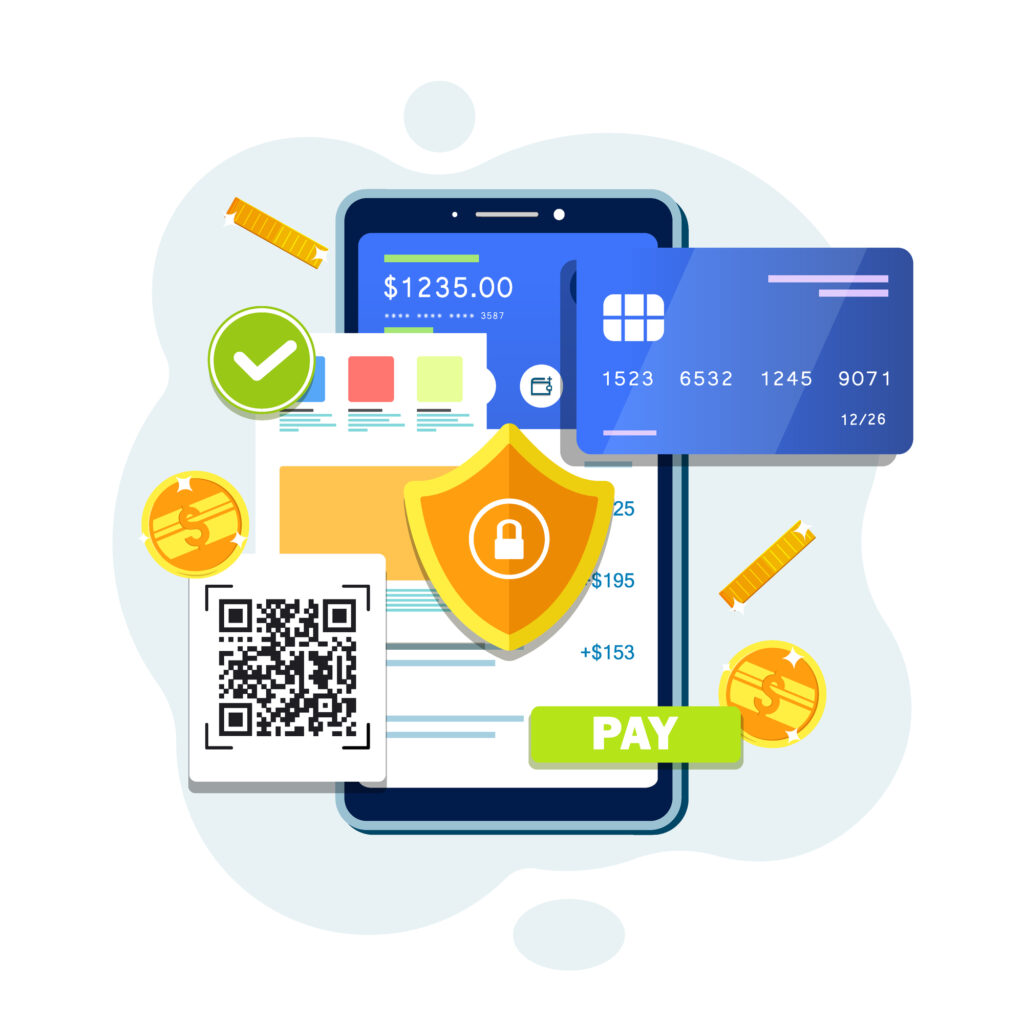 Running a small business today? Then you know payments can make or break your success. Doesn’t matter if you’re managing a corner store or launching the next big online venture – how customers pay you matters way more than most business owners realize.
Running a small business today? Then you know payments can make or break your success. Doesn’t matter if you’re managing a corner store or launching the next big online venture – how customers pay you matters way more than most business owners realize.
Customers aren’t just hoping for convenient, secure payment options anymore. They’re demanding them. The businesses that deliver usually see better relationships with customers and higher revenue.
Let me walk you through five payment strategies that actually work for small businesses. No fluff here – just practical advice that’ll boost customer satisfaction and make your daily operations run smoother.
1. Embrace Mobile Payments
Mobile payments have completely changed the game. Your customers are already carrying smartphones everywhere, so why not let them pay with them?
Apple Pay, Google Wallet – these aren’t fancy extras anymore. They’re necessities. Think about it: when’s the last time you saw someone struggle to find their wallet while their phone was right there in their hand?
There’s this coffee shop near my office that gets absolutely slammed every morning around 8 AM. Before they added mobile payments, the line would snake out the door. Now, customers tap their phones and they’re gone in seconds. Happy customers, faster service, better revenue.
But mobile payments do more than just speed things up. They give you data about your customers’ buying habits. That’s pure gold for marketing and inventory decisions.
2. Implement Subscription Models
Subscriptions aren’t just for Netflix anymore. They’re becoming huge across all kinds of businesses, and for good reason – predictable income is a beautiful thing.
Take my local gym. They switched to monthly subscriptions last year instead of those annoying annual contracts nobody wanted to sign. Members love it because there’s no huge upfront payment that makes your credit card cry. The gym loves it because they can predict their monthly revenue almost perfectly.
The key is to offer different tiers. Not everyone needs the premium package with all the bells and whistles, but some customers absolutely want everything you’ve got. Give people options that fit their budgets and needs. You’ll attract more customers and squeeze more revenue from existing ones.
3. Leverage Digital Invoicing
Digital invoicing isn’t just more professional than paper invoices – it’s faster, cheaper, and way less prone to those embarrassing math errors.
I know a freelance graphic designer who used to spend hours every month printing invoices, stuffing envelopes, and hoping checks wouldn’t get lost in the mail. She switched to QuickBooks and now sends invoices in minutes. She gets paid faster, tracks everything automatically, and her clients actually prefer the professional look.
The best part? You can see exactly when clients open invoices and track payment status in real-time. No more awkward “did you get my invoice?” phone calls that nobody wants to make.
4. Diversify Payment Options
Don’t put all your eggs in one payment basket. The more ways customers can pay, the more likely they are to actually complete purchases instead of abandoning their carts.
Credit cards, debit cards, ACH transfers, even crypto for the tech-savvy crowd – give people choices. I’ve seen small e-commerce businesses increase their conversion rates by 20% just by adding more payment options. That’s real money we’re talking about.
Consider using an all-in-one payment processing solution such as Paysafe’s payment processing for small businesses for your online operations. It gives customers the secure, flexible experience they want while handling all the technical stuff you don’t want to worry about.
When customers feel confident about security, they’re more likely to complete purchases instead of second-guessing themselves.
5. Enhance Data Security
Data breaches are expensive, embarrassing, and can destroy customer trust overnight.
PCI-DSS compliance isn’t optional – it’s essential. Use tokenization and encryption. If you’re running an online store, SSL certificates aren’t negotiable. Your customers need to see that little lock icon in their browser, or they’ll bounce faster than a rubber ball.
Train your staff too. Most security breaches happen because someone clicked the wrong email or used “password123” for everything. A little education goes a long way toward keeping hackers out.
Regular security audits might seem like overkill, but they’re worth every penny. Better safe than sorry, especially when customer trust is on the line.
Conclusion
Payment strategy isn’t the most exciting part of running a business. But it’s one of the most important things you’ll ever implement.
Technology keeps evolving. Customer expectations keep rising. The businesses that adapt and stay ahead of these changes are the ones that thrive while their competitors wonder what happened.
Find additional information concerning digital technology for small businesses in this list of blogs.


